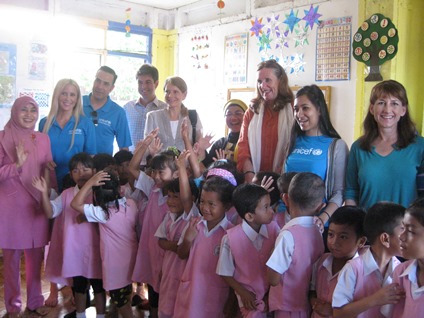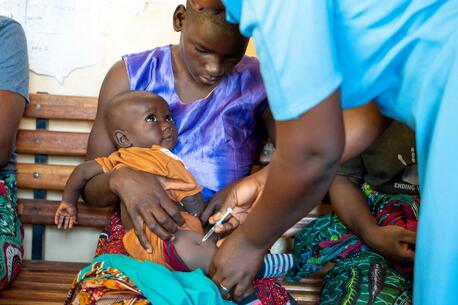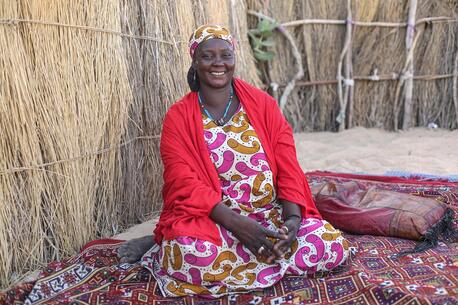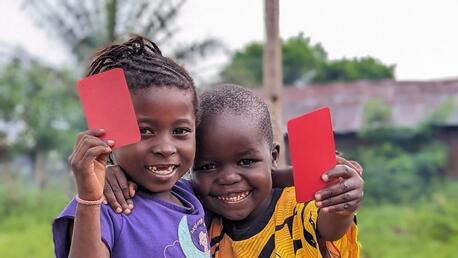Banda Aceh, Indonesia: UNICEF Building Back Better
Shelly Dee is a donor to the U.S. Fund for UNICEF living in Singapore As an American living in Singapore, I have often asked other residents if they have ever visited Banda Aceh, the northernmost province of Indonesia. And every answer was “No” or “Why would I?” Aceh seemed like the most mysterious neighbor of Singapore so I was thrilled for the opportunity to visit the province on U.S. Fund for UNICEF donor trip to Indonesia.
 (c) US Fund for UNICEF, 2012
(c) US Fund for UNICEF, 2012U.S. Fund for UNICEF supporters visiting a school in Banda Aceh, Indonesia
Aceh was the closest point of land to the epicenter of the massive 9.1 Richter scale 2004 Indian Ocean earthquake. The earthquake triggered a tsunami with waves up to 12 meters high that devastated much of the western coast of the region (buffering Singapore which felt no effects), including the coastal areas of Banda Aceh. More than 170,000 people were killed and 500,000 left homeless in Aceh Province alone. Thanks to the very generous support of American and other global donors, Banda Aceh now shows no immediate effects of the earthquake or the tsunami. It looks like any regional Indonesian city. However, on closer inspection and, for us, with the expertise of UNICEF at hand, it is apparent that this is a city and region that is still reeling from its past but doing its best to recover and develop. While in Banda Aceh, we visited a pre-school that was housed in temporary, tsunami-era UNICEF school buildings. UNICEF research has shown that low participation in pre-school leads to early drop-out from primary schools. To most Acehnese, however, many of whom are uneducated themselves, it is difficult to comprehend how pre-school is different from merely playing. Low birth registration — crucial for a child’s identity, and necessary for enrolling in school — also contributes to low participation. In Aceh, more than half of the 541,000 children under five years of age do not have birth certificates. As a resident of its northern and highly developed neighbor to the North, it remains clear that as UNICEF moves from emergency response to development and equity, there is a long road ahead. And thankfully, nearly nine years after the devastating tsunami, UNICEF is still there, still working for children while other organizations have left. UNICEF’s partnerships with the local government and non-governmental organizations uniquely position it to maximize sustainable impact for Aceh’s children. UNICEF can draw attention to important issues like the high prevalence of stunting, lack of early childhood education facilities and low rates of birth registration, which impede many Acehnese children from fully developing their potential.


